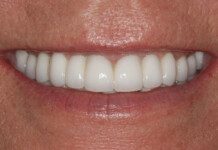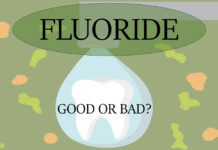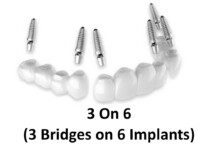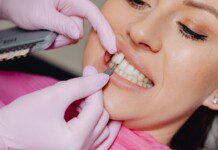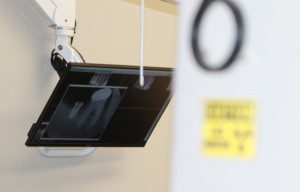
Most people are familiar with having x-rays taken periodically at dental visits. They also recognize the benefits of having them when they get an exam. Now and then, someone still asks us if these X-rays are “safe”. The short answer is “yes”, but some explanation may be more helpful.
- Dental X-rays involve a fraction of the amount of radiation delivered compared to a medical X-ray. Radiation delivered for a (medical) treatment purpose, deliver many times more radiation than is required in a dental exam. For example, the amount of radiation from a set of dental x-rays is about the amount received from a day of sunlight and less than after a plane flight.
- Only a small part of the body is typically exposed to a dental X-ray. The rest is protected by a lead lined shield.
- The American Dental Association has instituted a safety protocol referred to as ALARA (As Low As Reasonably Allowable). This protocol helps minimize the radiation doses needed in specific situations.
- Numerous other scientific organizations have developed recommendations or regulations on the safe, proper, and effective use of X-rays in dentistry. These organizations include the Center for Devices and Radiological Health/US Food and Drug Administration, the National Council on Radiation Protection and Measurements, and The American Academy of Oral and Maxillofacial Radiology.
So, as you can see, a lot of people are concerned with your safety with respect to the use of dental X-rays!
The Bottom Line: Dental x-rays are considered extremely safe.
The main concern behind the safety of dental x-rays is the exposure to radiation. When performed properly, these procedures give off extremely light levels of radiation.
COMPARING RADIATION EXPOSURE
| Dental Exam X-Rays | Average Dose in Millisieverts (mSv) |
| Bitewings (2 images) | 0.004 |
| Bitewings (4 images) | 0.005 |
| Digital Panoramic | 0.007 |
| Full Mouth Series (18 images) | 0.035 |
| Cone Beam scan for oral surgery | 0.009 |
| Medical Exam X-Rays | Average Dose in Millisieverts (mSv) |
| CT scan of chest | 8.00 |
| CT of abdomen | 7.7 |
| Mammogram | 0.700 |
| PET scan | 22.7 |
| Other | Average Dose in Millisieverts (mSv) |
| Plane flight | 0.35 |
According to the National Council on Radiation Protection and Measurements (NCRP), the average environmentally exposed annual radiation dose per person in the U.S. is 6.2 mSv. This would equal the amount in 15,500 sets of Bitewing x-rays or 7,000 dental Cone Beam (CBCT) scans, 9 mammograms… So, as you can see, dental x-ray radiation is not anything to fear.
If you are new to our office, we may recommend X-rays to determine the present status of your oral health. They give us a baseline to help identify changes that may occur later down the road. New X-rays may be needed from time to time. They help detect any new cavities, determine the status of your gum health or evaluate the growth and development of your teeth.
To learn about how our services can help you, call us to schedule a complimentary consultation at 214-956-9100 today. You’ll be glad you did!

